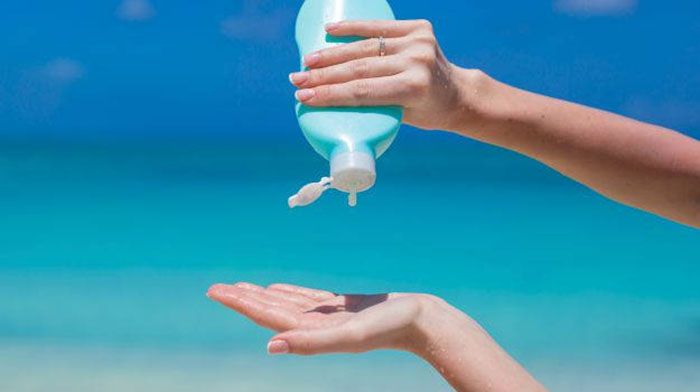The international research team that conducted the study, led by Craig Downs, found the highest concentrations of oxybenzone around coral reefs popular with tourists, particularly those in Hawaii and the Caribbean.
Downs, of the non-profit scientific organization Haereticus Environmental Laboratory in Virginia, said the study helped explain why scientists aren`t seeing baby corals in many established reefs in resort areas.
Oxybenzone alters coral DNA, makes coral more susceptible to potentially fatal bleaching and acts as an endocrine disruptor, causing baby coral to encase itself in its own skeleton and die, according to the findings.
Between 6,000 and 14,000 tons of sunscreen lotion winds up in coral reef areas each year, much of which containing oxybenzone.
The damaging effects were seen in coral in concentrations of oxybenzone as low as 62 parts per trillion, which is equivalent to a drop of water in six and a half Olympic-sized swimming pools, according to the researchers.
In Hawaii and the Caribbean, concentrations were 12 times higher, according to the sea water testing.
Outside of coral toxins, the Environmental Working Group had previously raised concerns about the chemical, saying that it may penetrate the skin and cause hormonal and cellular changes.
The American Academy of Dermatology, says there is no data showing oxybenzone is a health hazard and notes that it is one of the few ingredients in sunscreen that effectively protects skin from harmful UVA and UVB rays.
More about:
















































